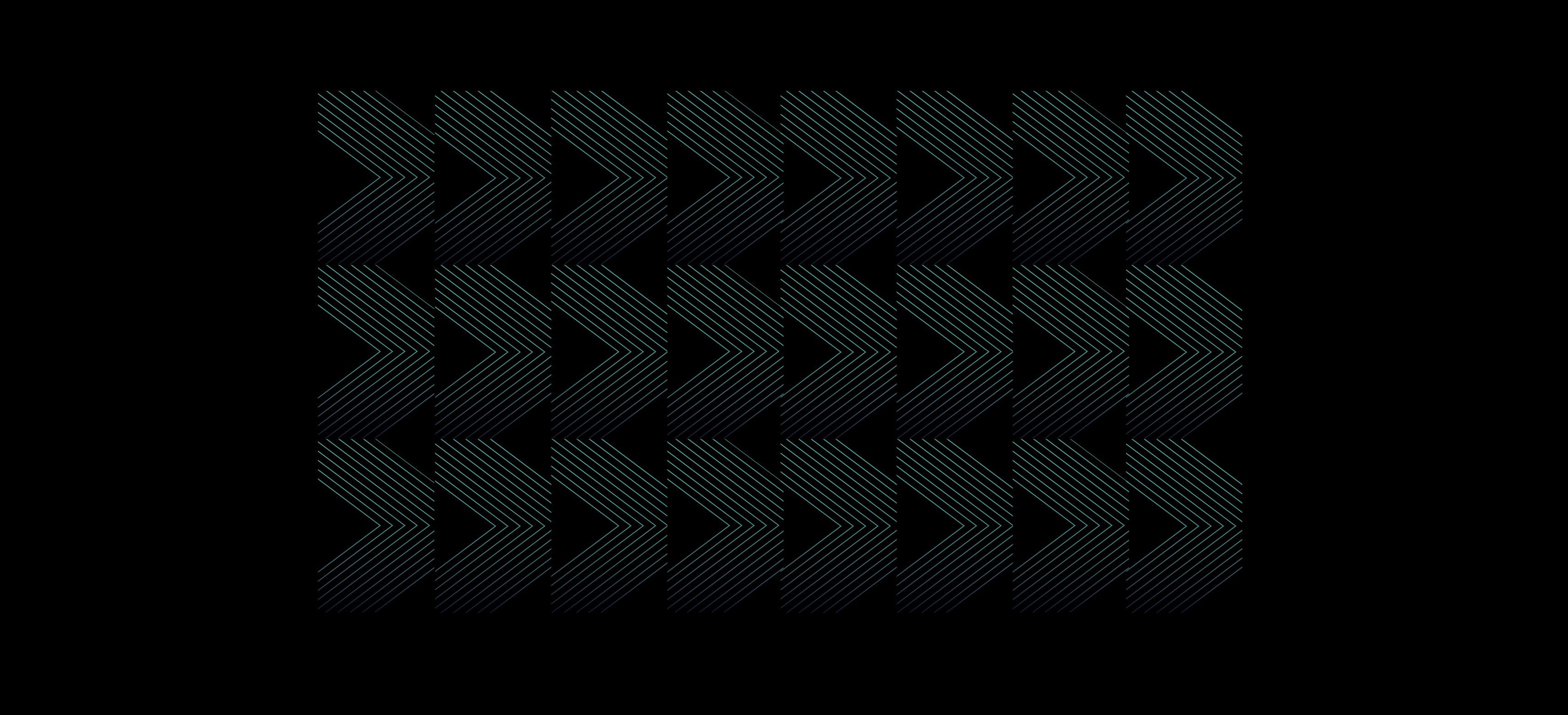You know how to impress clients who visit your office - but how do you delight and connect with them through a digital experience?
It might be time to use design thinking to harmonize your brand identity, connect your value across platforms and bring a level of personalization to your clients that is meaningful to them.
But, you might be wondering...what exactly is design thinking?
Defining design thinking
It certainly isn’t a new term and has been around for some time now. If you look at what’s been happening over the last 10 years or so, we see more and more adoption of this methodology and process and with that adoption, you start to see transformations and disruptions happening in markets that have followed a more traditional process.
And it’s for good reason, when you begin to look at the research you will find there is a strong correlation between companies that are human-centered in their approach and those that do well in the market.
Taking it a step further, if you look at what’s been happening over the last year and a half you will see that it is not enough to be “digital”. Digitization is important but we must remember that old models don’t always translate into new frameworks. Businesses must adapt to the ever-changing demands of clients and find innovative ways to deliver on them. The path to success is organizing around the client first.
STEP 1 - Understanding your clients
The first step in the design thinking process is about understanding your clients. You do this by developing insights into who they are as individuals, their motivations, desires and where they are at a point in time. The great news here is that as financial advisors there is a goal-setting aspect in your conversations with clients, you know how to gain these insights already. But the level of understanding is beyond just the data, it relies heavily on building empathy in order to really surface challenges you can begin to solve against.
STEP 2 - Ideation
In the ideation step, you begin to develop concepts that respond to what you learn and identify as challenges your clients face. If you are trying to build a better online presence, for example, you may be thinking of ways to better align your messaging, which could better position your value proposition.
STEP 3 - Implementation
So you developed your ideas and feel good about them. In the implementation step, you’ll actually validate these concepts and make sure they are truly solving the challenges you set out to solve. One of the nice things about this part is being able to go back and tweak the resolution quickly.
Putting design thinking into practice
One of the ways we apply this in practice here at AdvisorEngine® is through design sprints.
The design sprint is a five-day process for answering critical business questions through design, rapid design prototyping, and testing ideas. They also help:
- Reduce risk
- Minimize time wasted
- Align cross-functional team collaboration through co-creation in a very compressed time-frame
- Give structure to a collaborative design process
- Act as fuel for the product design process by giving it an initial direction
We think of them as the ‘greatest hits’ of business strategy, innovation, behavioral science, and more - packaged into a step-by-step process that any team can use.
Design sprints
You may never have heard of a design sprint and even if you did, you’re probably wondering how it could benefit your firm.
Simply put, design sprints allow you to quickly evaluate value-add requests or feedback and explore answers to these to improve your client experience in a timely manner. Instead of dealing with months of debate and evaluation due to old fashion office behaviors, design sprints can focus your diverse cross-functional team with specific goals to be accomplished in a short fixed period.
It’s a five-day process where a team can focus on how to best answer critical questions. At the end of which you have a concrete and measurable outcome to better serve your clients.
Takeaways
In order to compete in today's market with client demand, firms need to develop better frameworks for gaining the insights from their clients that will drive business outcomes.
Using a design thinking approach allows firms to better harmonize their understanding, develop creative solutions and validate them with actual clients. This will position you to better serve clients’ needs and in turn, grow your practice.
AdvisorEngine recently hosted a webinar on how design thinking brings you closer to clients. We invite you to listen to the recording.
This blog is sponsored by AdvisorEngine Inc. The information, data and opinions in this commentary are as of the publication date, unless otherwise noted, and subject to change. This material is provided for informational purposes only and should not be considered a recommendation to use AdvisorEngine or deemed to be a specific offer to sell or provide, or a specific invitation to apply for, any financial product, instrument or service that may be mentioned. Information does not constitute a recommendation of any investment strategy, is not intended as investment advice and does not take into account all the circumstances of each investor. Opinions and forecasts discussed are those of the author, do not necessarily reflect the views of AdvisorEngine and are subject to change without notice. AdvisorEngine makes no representations as to the accuracy, completeness and validity of any statements made and will not be liable for any errors, omissions or representations. As a technology company, AdvisorEngine provides access to award-winning tools and will be compensated for providing such access. AdvisorEngine does not provide broker-dealer, custodian, investment advice or related investment services.



